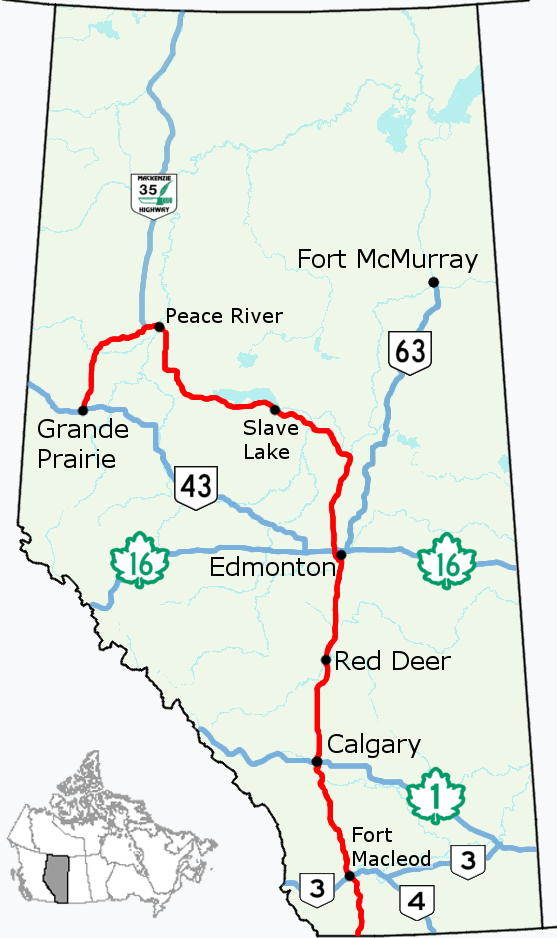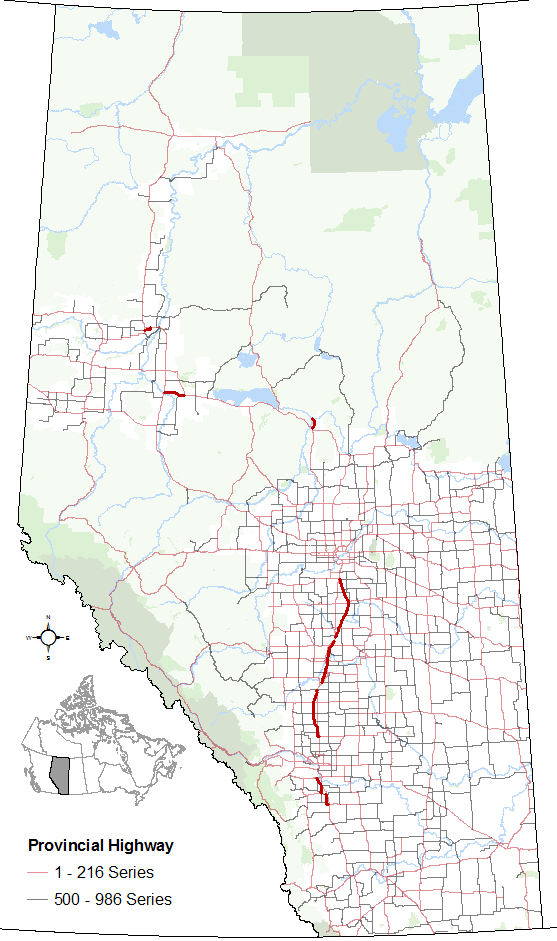|
Alberta Highway 72
Alberta Provincial Highway No. 72 is a highway in central Alberta, Canada, connecting the Queen Elizabeth II Highway near Crossfield to Highway 9 in Beiseker. At its west end, Highway 72 begins at its intersection with Highways 2 and 2A at Exit 295 southeast of the Town of Crossfield and ends at Highways 9 and 806 at the Village of Beiseker. The entire stretch of Highway 72 is in Rocky View County Rocky View County is a municipal district in southern Alberta, Canada that is named for its views of the nearby Rocky Mountains to the west. It surrounds most of Calgary, forming the city's northern boundary and most of the city's western and e .... Major intersections References 072 {{Alberta-road-stub ... [...More Info...] [...Related Items...] OR: [Wikipedia] [Google] [Baidu] |
Crossfield, Alberta
Crossfield is a town in the Calgary Metropolitan Region of Alberta, Canada that is surrounded by Rocky View County. It is located on Highway 2A north of the City of Calgary. As a rail station on the Calgary to Edmonton (C&E) line of the Canadian Pacific Railway, Crossfield was founded in 1892. Crossfield was named after an engineer with the Canadian Pacific Railway survey crew. By 1904, the community had a post office, a general store, a hotel and a school. In 1906, the first grain elevator opened and Crossfield was incorporated as a village the following year in 1907. In 1980, Crossfield incorporated as a town. The Town of Crossfield is a member of the Calgary Metropolitan Region Board. Crossfield is within the Calgary-Edmonton Corridor and is growing as a result. Crossfield is north of the City of Airdrie and south of the Town of Olds. Crossfield is surrounded by the rural Rocky View County. Demographics In the 2021 Census of Population conducted by Statistics Canada, ... [...More Info...] [...Related Items...] OR: [Wikipedia] [Google] [Baidu] |
Beiseker, Alberta
Beiseker is a village in the Canadian province of Alberta, approximately northeast of Calgary. It is considered to be an outermost part of the Calgary Region, and is included within Calgary's Census Metropolitan Area (CMA). The village is surrounded by rural Rocky View County, and the closest neighbouring communities are Irricana, Kathyrn, and Acme. History Lying in a belt of rich black soil, Beiseker was developed as an agricultural service centre. It was founded by the Calgary Colonization Company, whose purpose was to promote settlement by demonstrating the grain-growing potential of the area. The village's name came from Thomas Lincoln Beiseker (1866-1941), a partner and vice president of the company. Initial colonization took place in 1908 when the company recruited a number of ethnic German settlers from the Great Plains of the Dakotas. This is reflected in the number of German family names which predominate the area. The village began to grow in 1910 when the branch ... [...More Info...] [...Related Items...] OR: [Wikipedia] [Google] [Baidu] |
Rocky View County
Rocky View County is a municipal district in southern Alberta, Canada that is named for its views of the nearby Rocky Mountains to the west. It surrounds most of Calgary, forming the city's northern boundary and most of the city's western and eastern boundaries. At a population of 41,028 in 2021, Rocky View County is the most populous municipal district in Alberta. Though predominantly rural in nature, Rocky View County is home to 14 hamlets, including Langdon, one of Alberta's most populous hamlets. Its rural areas are home to numerous country residential subdivisions. History The Municipal District (MD) of Calgary No. 44 was originally formed on January 1, 1955 from part of Improvement District No. 46 and parts of five municipal districts – the MD of Serviceberry No. 43, the MD of Conrich No. 44, the MD of Springbank No. 45, the MD of Kneehill No. 48, and the MD of Mountain View No. 49. The MD of Calgary No. 44 was renamed the MD of Rocky View No. 44 on January ... [...More Info...] [...Related Items...] OR: [Wikipedia] [Google] [Baidu] |
Central Alberta
Central Alberta is a region located in the Canadian province of Alberta. Central Alberta is the most densely populated rural area in the province. Agriculture and energy are important to the area's economy. Geography Central Alberta is bordered by the Canadian Rockies in the west, Southern Alberta and the Calgary Region to the south, Saskatchewan to the east and Northern Alberta to the north. It completely surrounds the Edmonton Capital Region and contains the central part of the heavily populated Calgary-Edmonton Corridor. The North Saskatchewan River crosses the region from west to east. Other rivers traversing the area are Red Deer River, Battle River, Athabasca River, Pembina River, Brazeau River, Beaver River. Tourist attractions in the region include: Alberta Prairie Railway Excursions, the Canadian Petroleum Discovery Centre in Leduc, Discovery Wildlife Park, Kerry Wood Nature Centre and Gaetz Lake Sanctuary in Red Deer, Nordegg Heritage Centre and Mine Site, Rey ... [...More Info...] [...Related Items...] OR: [Wikipedia] [Google] [Baidu] |
Alberta Highway 2
Alberta Provincial Highway No. 2, commonly referred to as Highway 2 or the Queen Elizabeth II Highway, is a major highway in Alberta that stretches from the Canada–United States border through Calgary and Edmonton to Grande Prairie. Running primarily north to south for approximately , it is the longest and busiest highway in the province carrying more than 170,000 vehicles per day near Downtown Calgary. The Fort Macleod—Edmonton section forms a portion of the CANAMEX Corridor that links Alaska to Mexico. More than half of Alberta's 4 million residents live in the Calgary–Edmonton Corridor created by Highway 2. U.S. Route 89 enters Alberta from Montana and becomes Highway 2, a two-lane road that traverses the foothills of southern Alberta to Fort Macleod where it intersects Highway 3 and becomes divided. In Calgary, the route is a busy freeway named Deerfoot Trail that continues into central Alberta as the Queen Elizabet ... [...More Info...] [...Related Items...] OR: [Wikipedia] [Google] [Baidu] |
Alberta Highway 9
Alberta Provincial Highway No. 9, commonly referred to as Highway 9, is a highway in south-central Alberta, Canada, which together with Saskatchewan Highway 7 connects Calgary to Saskatoon, Saskatchewan via Drumheller. It is designated as a core route of the National Highway System, forming a portion of an interprovincial corridor. Highway 9 spans approximately from the Trans-Canada Highway ( Highway 1) east of Calgary to Alberta's border with Saskatchewan. Route description Highway 9 begins at its interchange with Highway 1 approximately east of Chestermere and west of Strathmore, and approximately north of Langdon via Highway 797. For its first , Highway 9 generally runs in a north/south direction to Beiseker, where it meets Highways 72 and 806. At Beiseker, Highway 9 runs in an east-west direction for to Drumheller, where it meets Highways 10 and 56. Highways 9 and 56 then run in a north/south concurrence for from Drumhel ... [...More Info...] [...Related Items...] OR: [Wikipedia] [Google] [Baidu] |
Beiseker
Beiseker is a village in the Canadian province of Alberta, approximately northeast of Calgary. It is considered to be an outermost part of the Calgary Region, and is included within Calgary's Census Metropolitan Area (CMA). The village is surrounded by rural Rocky View County, and the closest neighbouring communities are Irricana, Kathyrn, and Acme. History Lying in a belt of rich black soil, Beiseker was developed as an agricultural service centre. It was founded by the Calgary Colonization Company, whose purpose was to promote settlement by demonstrating the grain-growing potential of the area. The village's name came from Thomas Lincoln Beiseker (1866-1941), a partner and vice president of the company. Initial colonization took place in 1908 when the company recruited a number of ethnic German settlers from the Great Plains of the Dakotas. This is reflected in the number of German family names which predominate the area. The village began to grow in 1910 when the branch l ... [...More Info...] [...Related Items...] OR: [Wikipedia] [Google] [Baidu] |
Alberta Highway 2A
Alberta Provincial Highway No. 2A is the designation of six alternate routes off Highway 2 in Alberta, Canada. In general, these are original sections of Highway 2, such as the southern portion of Macleod Trail in Calgary. They passed through communities before limited-access freeways were built to shorten driving distance, accommodate heavier volumes and to bypass city traffic. Portions of the alignment of Highway 2A follow the route of the former Calgary and Edmonton Trail. High River – Calgary Highway 2A currently begins in the Town of High River and follows 12 Avenue SE and Centre Street before passing by Aldersyde and intersecting Highway 7. The highway then travels westward to the Town of Okotoks, where it branches north and follows Southridge Drive and Northridge Drive through Okotoks before rejoining Highway 2 near De Winton. In 2003, it was extended north by sharing a common alignment with Highway 2 for until it splits to Deerfoot Trail (Highway 2) Macleod T ... [...More Info...] [...Related Items...] OR: [Wikipedia] [Google] [Baidu] |
Alberta Highway 806
Alberta Provincial Highway No. 806, commonly referred to as Highway 806, is a north–south highway in central Alberta, Canada. It runs from the Highway 9 / Highway 72 junction in the Village of Beiseker, through the Villages of Acme and Linden, to Highway 583 located west of the Town of Three Hills. History The section of Highway 806 between Beiseker and Acme has had multiple designations in its history. Along with a portion of Highway 575, the route was originally designated as part of Highway 21. In 1958, the southern portion of Highway 21 was realigned to Highway 1 (Trans-Canada Highway) east of Strathmore, and the former section was renumbered as Highway 21A. However, in 1962 the route was again renumbered to Highway 26, as at the time it connected the Village of Carbon Carbon () is a chemical element with the symbol C and atomic number 6. It is nonmetallic and tetravalent In chemi ... [...More Info...] [...Related Items...] OR: [Wikipedia] [Google] [Baidu] |

